What is Regenerative Gardening?
Regenerative Gardening: Growing with Intention
Most people I know garden because they want to get outside, grow their own food and work with their hands. These are all valid and wonderful goals, but our gardens are and can be so much more. Regenerative gardening is a way of using our garden space to heal the earth, help our wildlife and vote with our money and actions. Our gardens can be revolutionary and provide so much to the health of the planet and to us. A lot of conventional gardening practices range from harmful to merely not doing enough, but there has been a shift recently as gardeners realize the power they have in how they use their land. We will get into the how later, but first let’s dive into a major problem facing our entire globe.

The Problem: Mistreated Soil
Did you know that the way we farm food is a detriment to our climate and the future of agriculture? I know that sounds scary and provocative, but it’s unfortunately true. Regeron International reported that “According to soil scientists, at current rates of soil destruction, within 50-60 years we will no longer have enough arable topsoil to feed ourselves.”
There is a serious difference between “soil,” which is rich in nutrients and full of life, and “dirt” which is lacking in nutrients and unable to hold water or support plant life. When soil becomes dirt, the process of desertification has taken place, and there is nothing that can hold the soil down. (If you’re curious why this is bad news, look into the Dust Bowl in the 1940s.)
Increased Carbon Dioxide in the Atmosphere
Healthy soil is home to trillions of microbes that work with the roots of plants to nourish them and contribute to a diverse and productive underground ecosystem. They also feed on the carbon that is produced by decomposing material and through a series of complex transfers, draw the carbon down deep into the earth. This is called “carbon sequestering” and it is the way in which the soil makes a tremendous contribution to keeping the carbon dioxide in the atmosphere in balance.
Dr. Rattan of Ohio State University tells us that of the 850 gigatons of carbon dioxide we have put into the atmosphere in recent human history, 350 gigatons is from burning fossil fuels and 500 gigatons are from activities that have released it from the soil. These activities include tilling for agriculture, urbanization, deforestation and anything else that has broken ground. Not only are we preventing the soil from sequestering new carbon, we are releasing old stores of carbon into the atmosphere.
Decreasing Ability to Grow Food
Along with the dangers of tilling, In conventional modern agricultural practices, we harm the microbes in the soil with chemical herbicides and pesticides. To compensate for the lack of microbes and rich soil, we apply synthetic fertilizers. These fertilizers kill any microbial life that may have been present by giving the plants the nutrients they need readily. If the plants have the nutrients they need through synthetic fertilizers, they will not send out signals or foster their relationship with soil microbes and those microbes will die.
Most farms then leave fields of bare soil over winter months or fallow years (a year during which farmers let the field “rest” by not growing anything in it.) The bare soil leaves no food for microbial life (if there is any left) and allows for erosion. The top soil – the rich, life-sustaining soil – washes away.
Once the soil is this depleted, the only way farmers can to grow crops is with the heavy use of synthetic fertilizers. This is unsustainable and eventually the soil won’t be able to produce crops even with our man-made amendments. If we can’t grow crops, we cannot feed ourselves or the livestock on which we depend. Healthy soil is quite literally a source of life for humans.
Before you get angry at the farmers, these practices are rarely done with a pure lack of regard for the future. Years of lobbying by chemical companies and misinformed education have taught them that this is the way to do it. However, we are learning that there is a better way. It’s called Regenerative Agriculture.
The Solution: Regenerative Agriculture
Regenerative agriculture is the method of farming that will combat these problems by closely mimicking the cycles of nature.
In a healthy, natural ecosystem, every area of soil is covered with a diverse selection of plants. Animals roam the land freely, eat a portion of the plants and fertilize the ground through their waste, before moving on to a new area of land. The animals’ waste, leaves, and dead plants break down into humus, which is composted by the insects, worms and microbes in the soil, continually producing rich topsoil as a result. It is a complete cycle in which there are symbiotic interactions and absolutely no waste.
Regenerative farmers work in these natural systems by:
- Abstaining from tilling as much as possible
- Avoiding chemical fertilizers, herbicides or pesticides
- Growing cover crops in the off-season which aerate the soil with their roots, retain water, and put carbon, nitrogen and other nutrients into the soil.
- Integrating animals into their farming landscape to provide fertilizer
- Utilizing compost to add additional organic matter into the soil
- Prioritizing biodiversity by growing an array of crops and other plants within one field
Farms that adopt regenerative practices are more productive, more profitable and contribute to healthier food, people and planet.

You can learn how to support regenerative agriculture by reading this article, but you can also incorporate a lot of its practices into your own outdoor space and do what you can with the land you have.
Regenerative gardening takes these principles and applies them to backyard gardening.
Why should you practice regenerative gardening?
The soil in your yard is just as important as the soil on large farms! All soil sequesters carbon, keeping it out of the atmosphere, and maintaining your soil will ensure that you can grow food for years to come.
Maintaining soil health brings a lot of benefits to you and the earth. By investing in your soil you can:
Help combat climate change: sequestering carbon and filling your yard with plants that will produce oxygen is huge. If everyone did this in their yard, we could make a considerable dent in the carbon dioxide in our atmosphere.
Produce a higher crop yield: Healthy soil creates healthy plants, and healthy plants produce a large harvest!
Save money: You don’t have to spend money on herbicides, pesticides, and a bunch of fertilizers. Your food waste and gardening methods can achieve a better result.
Provide wildlife a habitat: Wildlife and biodiversity are diminishing at alarming rates because humans are removing their habitats. Your yard can be a wildlife refuge and help these animal and insect populations recover in spite of detrimental human activity.
Be more aligned with nature: Embracing the cycles and ways of nature feels healing. It brings us back to who we truly are and enriches our lives.
How to Grow Regeneratively in Your Backyard
- Stop tilling your soil
- Stop using pesticides, herbicides and fertilizers (even organic ones should be avoided when possible)
- Compost your food and yard scraps and use the compost to amend your soil each year
- Grow a cover crop in the off months and leave the roots of your vegetable plants to feed the soil life
- Minimize or eliminate your lawn. This is a monoculture (no biodiversity), takes a lot of water and there are so many better uses for that space!
- Focus on biodiversity in your edible and non-edible landscapes
- Grow native plants in your yard
In the next few months, I will take you through these principles and show you how to utilize them in your own yard! If you would like to learn more about regenerative agriculture.
Learn More
If you would like to learn more about how it applies to commercial agriculture, the first place I would start is watching the Kiss the Ground documentary. It’s chilling and informative and inspiring; I truly can’t recommend it enough. Beyond that, here are some resources that I love and have learned from:
Films
Books
- Kiss the Ground, Josh Tickell
- The Soil Will Save Us, Kristin Ohlson
- Dirt to Soil: One Family’s Journey into Regenerative Agriculture, Gabe Brown
Podcasts and Online Resources
- Kiss the Ground is not just a film and a book, it’s also a nonprofit organization! Their website is full of YoutTube videos, articles, and other resources.
- The Regenerative Agriculture Podcast
- Green American has some great information, as well! Find it here.

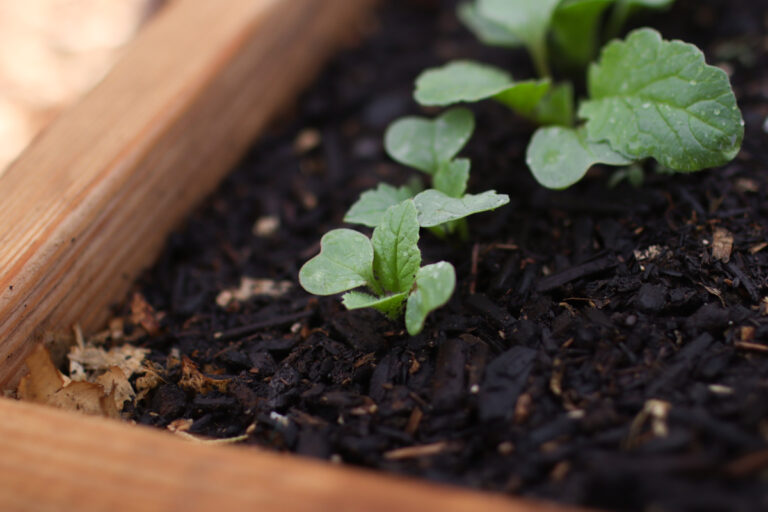
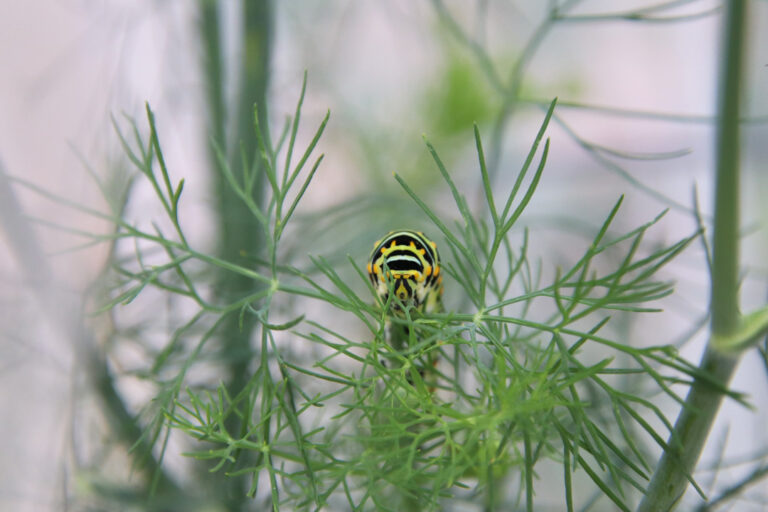
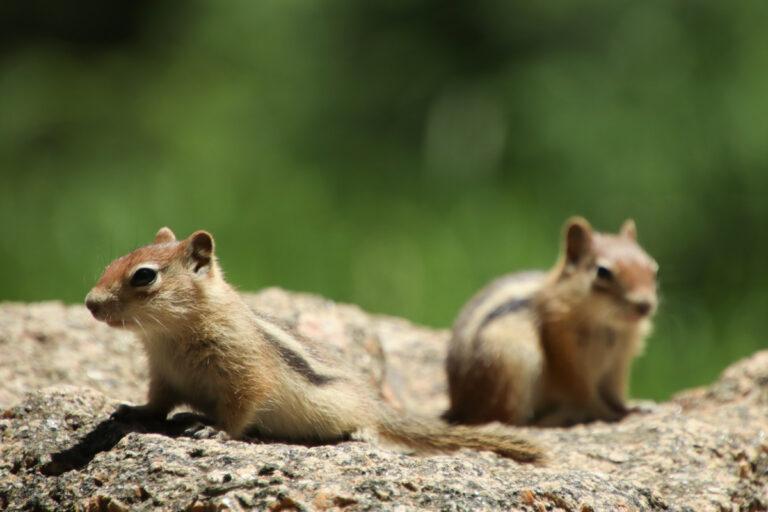
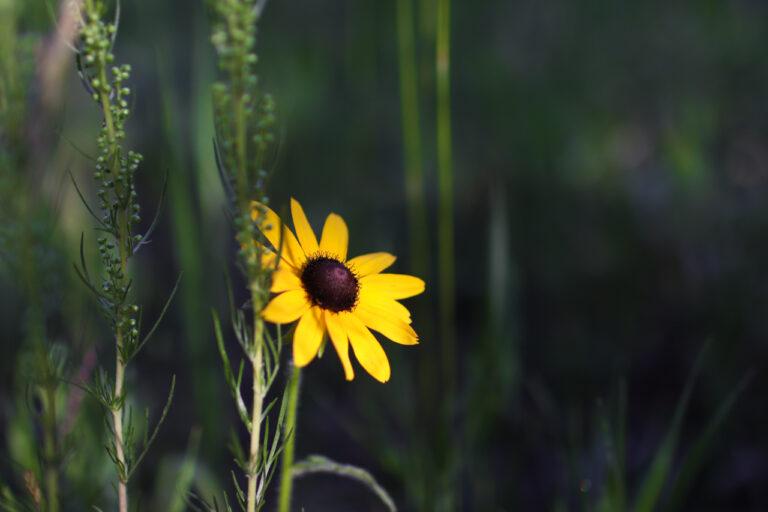
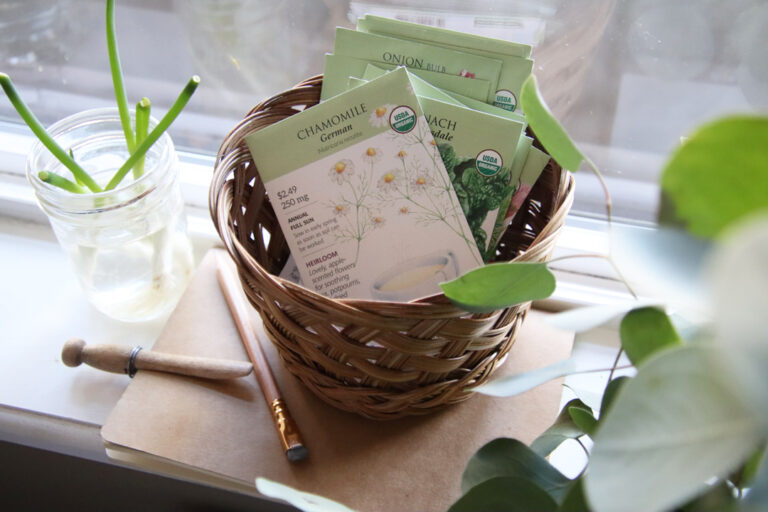
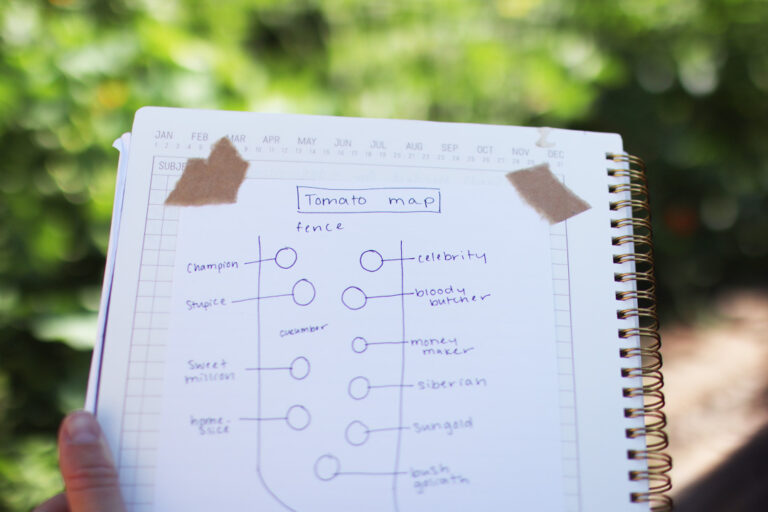
5 Comments
Comments are closed.